
Descubra o fascinante mundo da ciência através dos meus artigos científicos. Uma fonte confiável de conhecimento!
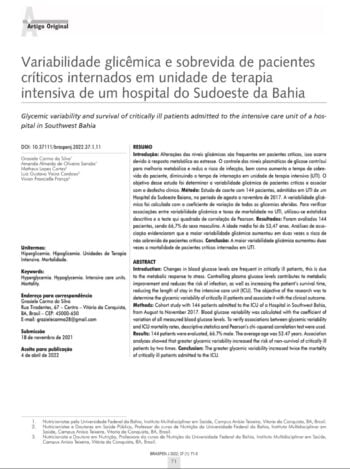
Variabilidade glicêmica e sobrevida de pacientes críticos internados em unidade de terapia intensiva de um hospital do Sudoeste da Bahia

Variabilidade glicêmica e sobrevida de pacientes críticos internados em unidade de terapia intensiva de um hospital do Sudoeste da Bahia
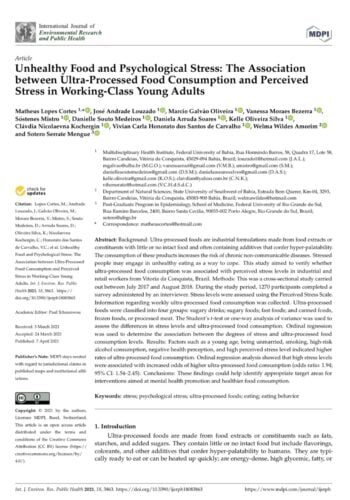
Unhealthy Food and Psychological Stress: The Association between Ultra-Processed Food Consumption and Perceived Stress in Working-Class Young Adults

Avaliação da ingestão nutricional de pacientes com doença renal crônica em tratamento hemodialítico
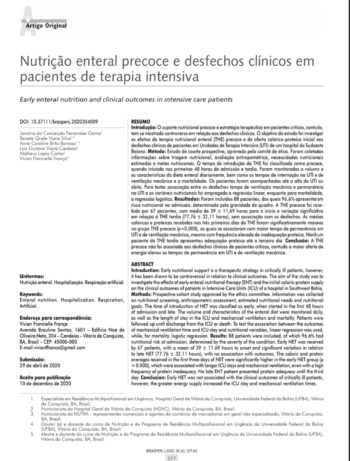
Nutrição enteral precoce e desfechos clínicos em pacientes de terapia intensiva
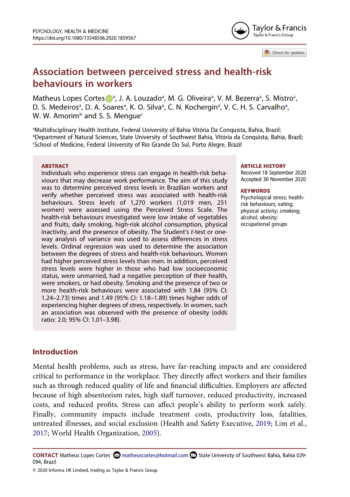
Association between perceived stress and health-risk behaviours in workers
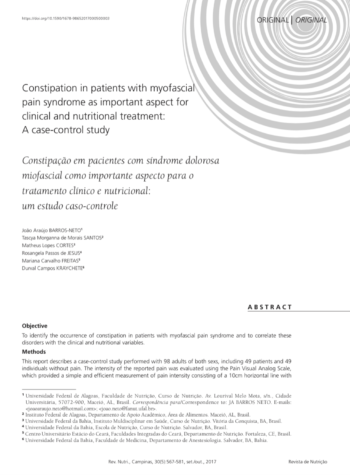
Constipation in patients with myofascial pain syndrome as important aspect for clinical and nutritional treatment: A case-control study
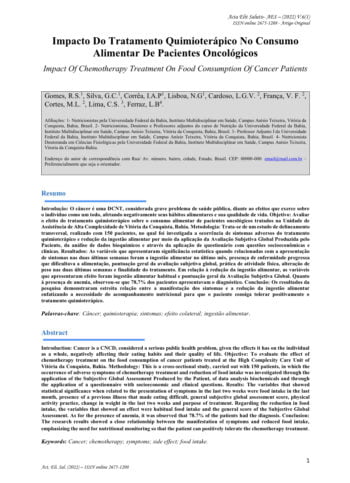
Impacto Do Tratamento Quimioterápico No Consumo Alimentar De Pacientes Oncológicos
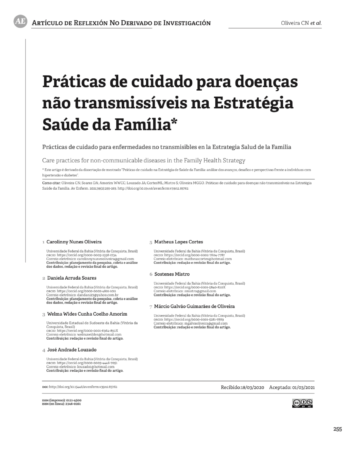
Práticas de cuidado para doenças não transmissíveis na Estratégia Saúde da Família
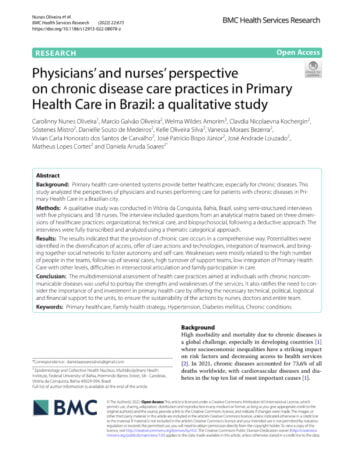
Physicians’ and nurses’ perspective on chronic disease care practices in Primary Health Care in Brazil: a qualitative study
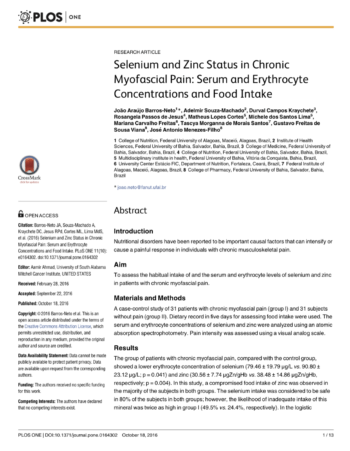
Selenium and Zinc Status in Chronic Myofascial Pain: Serum and Erythrocyte Concentrations and Food Intake
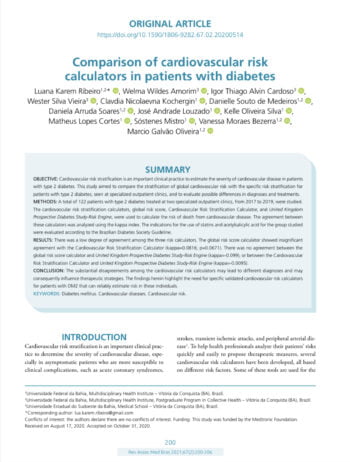
Comparison of cardiovascular risk calculators in patients with diabetes
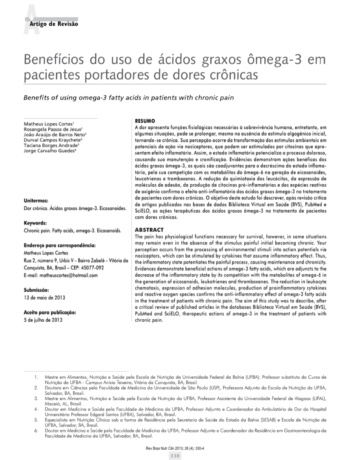
Benefícios do uso de ácidos graxos ômega-3 em pacientes portadores de dores crônicas
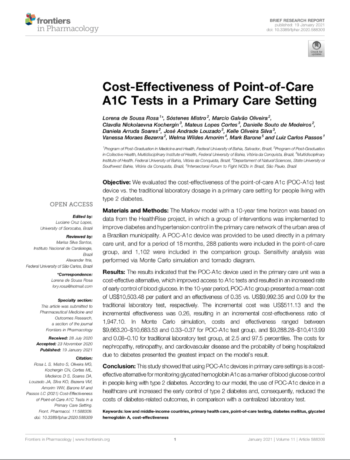
Cost-Effectiveness of Point-of-Care A1C Tests in a Primary Care Setting
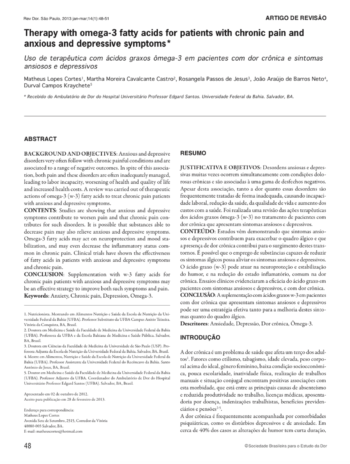
Uso de terapêutica com ácidos graxos ômega-3 em pacientes com dor crônica e sintomas ansiosos e depressivos
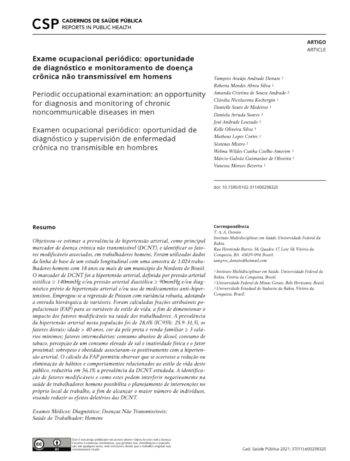
Exame ocupacional periódico: oportunidade de diagnóstico e monitoramento de doença crônica não transmissível em homens
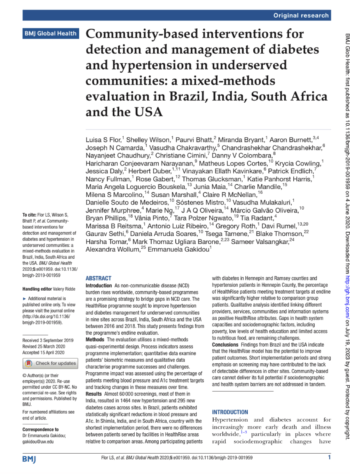
Community-based interventions for detection and management of diabetes and hypertension in underserved communities: a mixed-methods evaluation in Brazil, India, South Africa and the USA
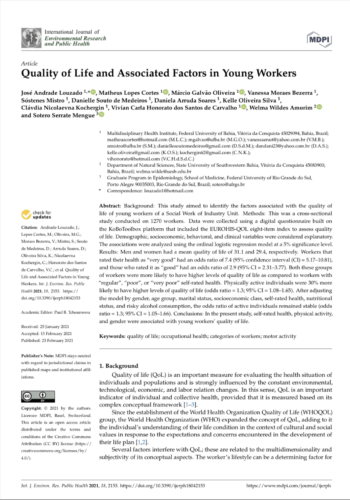
Quality of Life and Associated Factors in Young Workers
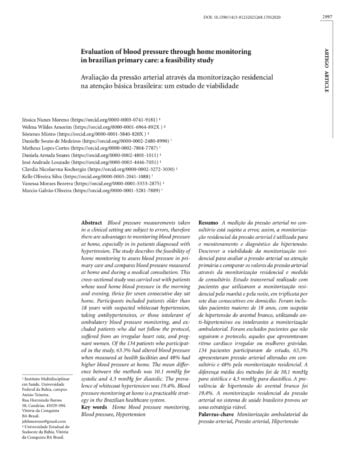
Evaluation of blood pressure through home monitoring in brazilian primary care: a feasibility study
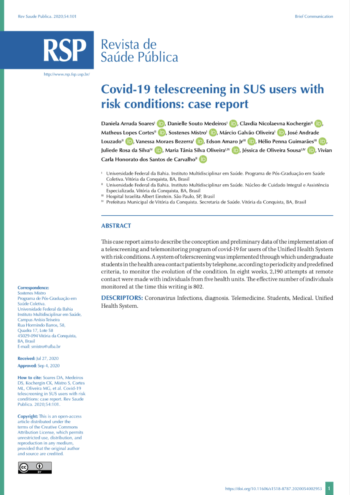
Covid-19 telescreening in SUS users with risk conditions: case report
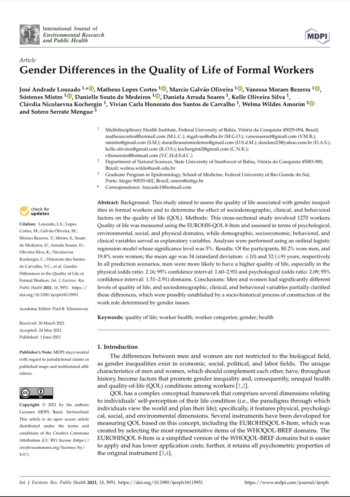
Gender Differences in the Quality of Life of Formal Workers
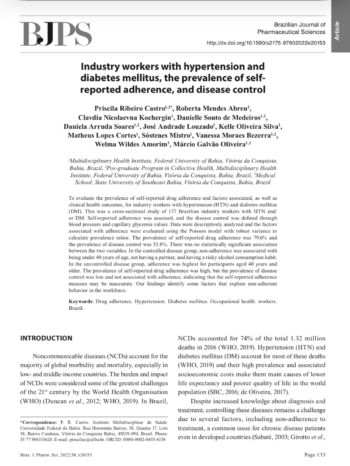
Industry workers with hypertension and diabetes mellitus, the prevalence of self-reported adherence, and disease control

Autocuidado e assistência à saúde na atenção básica a pacientes hospitalizados por úlcera do pé diabético

Exames Laboratoriais - Sem Segredos
Como nutricionista, entendo a importância de interpretar os exames laboratoriais com precisão. Este conhecimento é essencial para fornecer aconselhamento de qualidade aos pacientes e ajudá-los a tomar decisões informadas sobre sua saúde.
Desenvolvidos especificamente para nutricionistas, este curso fornecerá os conhecimentos e habilidades necessários para interpretar testes laboratoriais com precisão e confiança.
Minha experiência me ensinou que a interpretação de exames laboratoriais requer mais do que apenas conhecimento – também requer prática. É por isso que este curso incluirá exercícios e atividades por meio de casos clínicos reais, que ajudarão os participantes a aprimorar suas habilidades na interpretação de testes de laboratório.
Com o treinamento correto, você poderá usar os resultados dos exames laboratoriais para melhorar a qualidade do atendimento de seus pacientes.
Serão 3 aulas ao vivo em uma sala virtual nos dias 07, 09 e 11 de agosto de 2023 e mais um encontro posterior para sanar dúvidas.
Você poderá assistir e interagir diretamente do conforto de sua casa e revisar todo conteúdo no futuro, pois as aulas serão gravadas.
